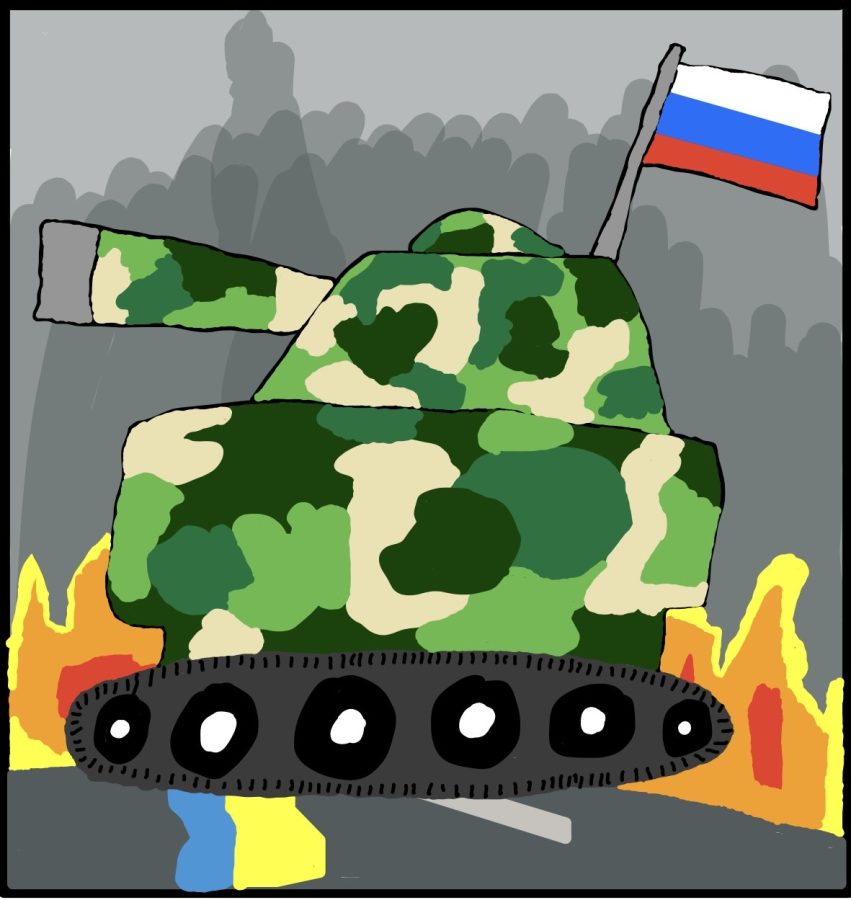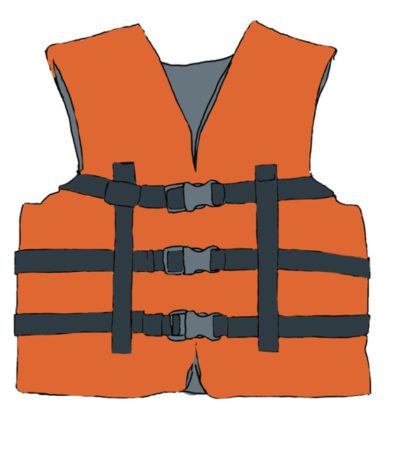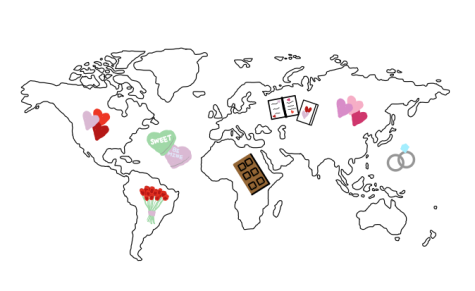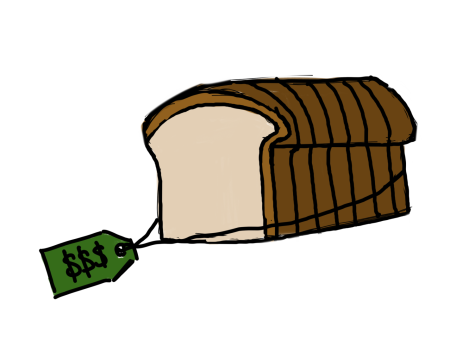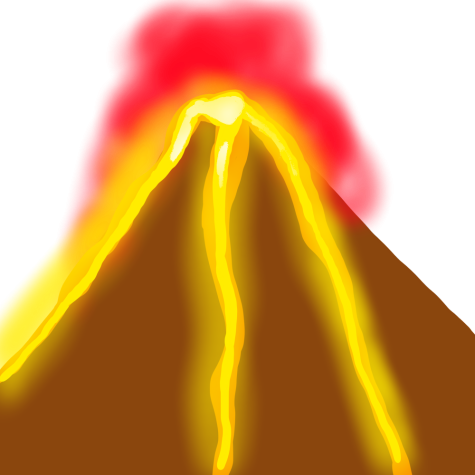Ukraine under Russia’s watch
As tensions in Eastern Europe currently run high, conflict between the two nations seems inevitable. The most recent development in the long-standing disparity between the two nations is the mobilization of Russian troops on the Ukraine’s Eastern border.
The reason for this seemingly unprovoked attack is actually motivated by Ukraine’s recent interest in joining the international alliance system NATO. NATO stands for the North Atlantic Trade Organization that focuses on economic and political as well as sometimes military ties between North American and European countries. Ukraine joining NATO would be seen as a threat to Russia as it would be the first country bordering Russia to join this extremely strong international alliance. It shines an unwanted spotlight on Russia if Ukraine is allowed to join NATO.
Currently Russia has 70 percent of its troops for the Ukraine invasion stationed at Russia’s Western border. Eastern Ukraine is the most likely starting place for the Russian invasion as the area is partially populated with pro-Russian rebels.
What could this mean for the country of Ukraine and its citizens? It is estimated that tens of thousands of Ukrainian citizens could die if Russia stages a full scale invasion. There is also the possibility of up to five million Ukrainian refugees. Although the method of President Putin’s invasion is unknown, a variety of scenarios have been evaluated. If Putin decides to unleash a full land and air attack on the capital of Ukraine, it is estimated that the city can be taken in as little as 48 hours. He could also follow a common Russian strategy with a multipronged operation, which would result in many more civilian casualties for Ukraine.
The tensions between the countries date back further than to the early 9th century. The Rus people who dominated both countries moved their capital to Kyiv, which is now the capital of Ukraine, from Russia. President Putin uses this evidence to prove that Ukraine belongs to Russia as the Rus are the ancestors of the nation of Russia. He also references the establishment of the Soviet Union to support his country’s claims. Ukraine was part of the Soviet Union, which was led by Russia, until it declared independence in August 1991. Russia, though, has never fully recognized their independence.
Though the conflict may seem thousands of miles away, its effects could directly impact American citizens in many ways. The invasion of Ukraine would almost certainly usher in a period of security and economic destabilization for the U.S. Cutting off or even lessening trade relations with Russia could impact U.S. civilians who are already struggling with the every growing prices as results of inflation.
“The U.S. should intervene only to secure American interests in that region and also to attempt to promote peace in the region,” said sophomore Ranya Alkass. “Maintaining stability in Europe is in the interests of the United States. Also this situation creates instability around the region, so the neighboring countries must feel insecure while this crisis is going on.”
Neighbors of Russia and Ukraine are all on high alert as the situation escalates. Countries such as Estonia, Latvia, Lithuania and especially Belarus have all had to both heighten their defenses and prepare for a potential mass influx of Ukrainian refugees.
All of these circumstances culminate in a very important moment in recent history. Spreading awareness for this event that involves not only Russia and Ukraine but also countries in Europe and North America and staying up to date with the important facts and developments in the conflict should be important for every citizen. Being a citizen of the world involves staying in the know on global issues. So as Russian troops increase and Ukrainian soldiers lie in wait, staying informed on this ever-growing conflict should be important to every student.
Your donation will support the student journalists of Saint Viator High School. Your contribution will allow us to purchase equipment and cover our annual website hosting costs.



